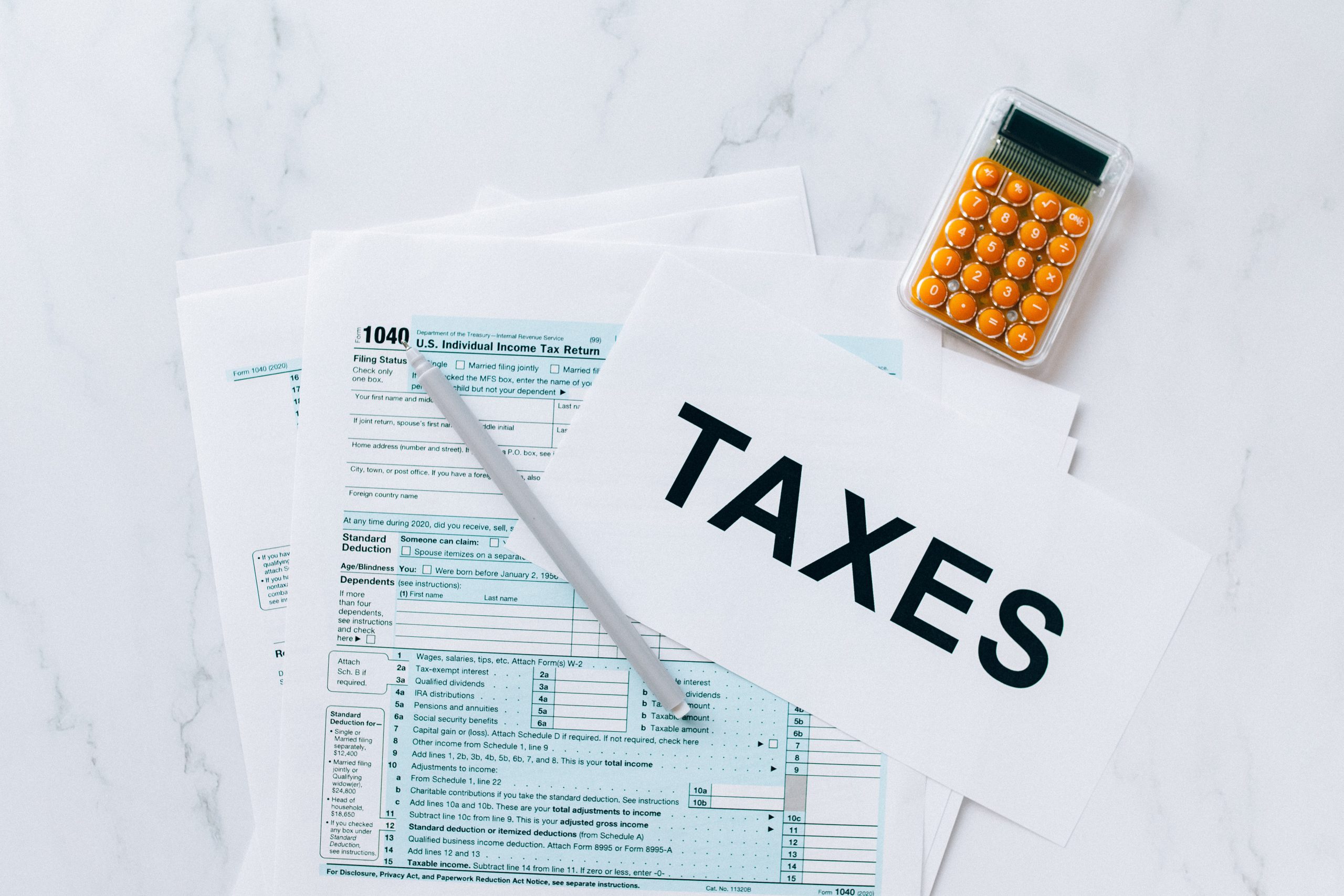Service Tax in India-Historical Overview
Service Tax in India had its origins in the Finance Act of 1994 when it was introduced as an indirect tax on specific services. The taxation of services was relatively novel at the time, as India primarily relied on the taxation of goods for revenue generation. Over the years, the scope of Service Tax expanded considerably to include various services across different sectors of the economy.
Applicability and Scope-Service Tax in India
Service Tax was applicable to a wide range of services, and the tax liability typically fell on the service provider rather than the recipient. Some of the key sectors covered by Service Tax included:
- Banking and Financial Services: This category included services such as banking, insurance, stockbroking, and mutual fund management.
- Telecommunications: Service Tax was levied on mobile and landline services, internet services, and other communication services.
- Hospitality: Hotels, restaurants, and event management services were subject to Service Tax.
- Transportation: Air travel, rail travel, and shipping services were also within the tax’s ambit.
- Business and Professional Services: Services provided by lawyers, chartered accountants, architects, and other professionals were taxable.
- Entertainment and Amusement: Movie tickets, amusement park entry, and other entertainment services attracted Service Tax.
- Advertising and Media Services: Advertising agencies, print and electronic media services, and cable operators were also liable to pay this tax.
- Real Estate and Construction: Certain construction-related services were included under Service Tax.
Service Tax in India, while an essential part of the taxation system, came with its fair share of complexities and challenges. Some of the significant complications associated with Service Tax in India included:
Complex Service Classification: The Service Tax regime involved a detailed classification of services into various categories, each subject to different tax rates and exemptions. Determining the correct category for a particular service could be challenging for businesses, leading to potential errors in tax calculation.
Multiplicity of Rates: Over time, the tax rates for different services kept changing, often leading to confusion among taxpayers. Frequent rate revisions required businesses to stay updated with the latest changes to ensure compliance.
Place of Provision Rules:Service Tax was levied based on the Place of Provision of Services Rules, which determined whether a service was taxable in India or not. These rules were intricate and required careful analysis, especially for services with cross-border elements.
Reverse Charge Mechanism: In certain cases, the tax liability was on the service recipient instead of the provider, under the reverse charge mechanism. Complying with this mechanism added complexity for businesses and required them to track and account for tax liabilities accurately.
Exemptions and Abatements:There were various exemptions and abatements available under the Service Tax regime for specific services or service providers. Understanding and applying these exemptions correctly was often a challenge for businesses.
CENVAT Credit System:Service providers could claim CENVAT (Central Value Added Tax) credit on the Service Tax they paid on inputs and input services. Managing and reconciling CENVAT credits was a complex process that required meticulous record-keeping.
Service Export Issues:Export of services was subject to specific rules and conditions, and determining whether a service qualified as an export or not could be intricate, especially for service providers engaged in cross-border transactions.
Compliance and Documentation: Service providers were required to maintain detailed records, file regular returns, and adhere to strict compliance deadlines. Failure to do so could lead to penalties and legal issues.
Tax Evasion and Avoidance: The complexity of the Service Tax system sometimes encouraged tax evasion and avoidance practices. Businesses would attempt to structure their transactions in ways that reduced their tax liability, leading to enforcement challenges for tax authorities.
Litigation and Disputes: The interpretation of tax laws and rules often led to disputes between taxpayers and tax authorities. As a result, there was a significant backlog of cases in tax tribunals and courts.
Transitional Issues with GST:When India transitioned to the GST regime, there were challenges in migrating from Service Tax to GST, including issues related to the carryforward of CENVAT credits and the treatment of transitional credits.
Despite these complexities and challenges, the introduction of the Goods and Services Tax (GST) in 2017 aimed to simplify the taxation of services and create a more unified and transparent tax system. GST replaced multiple indirect taxes, including Service Tax, and addressed many of the complications associated with the earlier tax regime. However, the transition to GST itself posed its own set of challenges, as businesses had to adapt to a new set of rules and compliance requirements.
Taxation Mechanism
The tax rate for Service Tax in India was governed by the Finance Act, and it varied depending on the nature of the service. Initially, Service Tax was imposed at a rate of 5%, but it gradually increased over the years. The service provider was responsible for collecting and remitting the tax to the government.
Service providers were required to register with the Central Board of Indirect Taxes and Customs (CBIC) and file regular returns, typically on a half-yearly basis. Input tax credit was available on certain inputs and input services, which allowed service providers to offset the Service Tax they paid on inputs against their tax liability.
Transition to GST
One of the most significant changes in India’s taxation landscape was the implementation of the Goods and Services Tax (GST) on July 1, 2017. GST was introduced to simplify and streamline the taxation of goods and services, replacing multiple indirect taxes, including Service Tax.
Under GST, the concept of “One Nation, One Tax” was realized, as it aimed to unify the tax structure across the country. GST subsumed various taxes, including Central Excise, Service Tax, Value Added Tax (VAT), and more, into a single comprehensive tax regime. The introduction of GST revolutionized the Indian tax system, creating a more transparent, efficient, and business-friendly environment.
Conclusion
Service Tax in India played a significant role in the country’s indirect tax system before the introduction of GST. It covered a wide range of services and provided a substantial source of revenue for the government. However, the transition to GST marked a significant reform in the Indian taxation system, simplifying compliance and reducing the cascading effect of taxes.
Understanding the history and scope of Service Tax is essential for anyone interested in India’s taxation landscape, as it provides valuable insights into the evolution of the country’s tax policies and the broader economic reforms that have taken place over the years.
Refrence: Welcome to ACES Homepage



